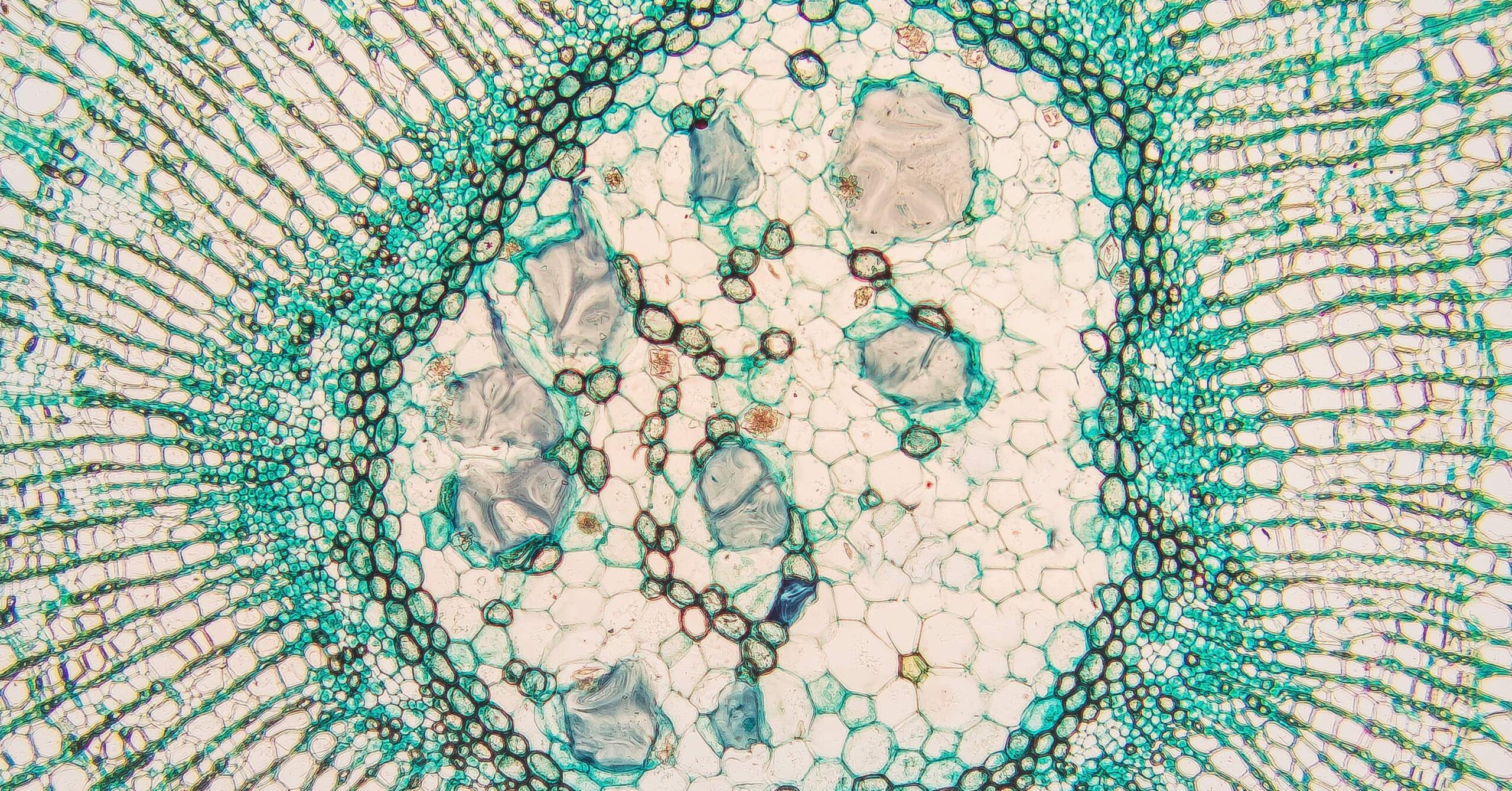Are you curious to know what is lateral meristem? You have come to the right place as I am going to tell you everything about lateral meristem in a very simple explanation. Without further discussion let’s begin to know what is lateral meristem?
In the intricate world of plant anatomy, the term “Lateral Meristem” holds a key to understanding the mechanisms behind growth and development. In this exploration, we delve into the detailed functions, anatomy, and significance of Lateral Meristem in plants.
What Is Lateral Meristem?
Lateral Meristem, also known as the secondary meristem, is a specialized tissue in plants responsible for lateral or sideways growth. Unlike apical meristems, which contribute to vertical growth, lateral meristems contribute to the expansion of plant tissues in width, adding girth to stems and roots.
What Is The Function Of Lateral Meristem?
The primary function of Lateral Meristem is to promote the growth in diameter of stems and roots, contributing to the overall thickness and structural strength of the plant. This lateral or secondary growth is crucial for accommodating the increasing needs of the growing plant.
What Is Lateral Meristem Class 9?
For students at the secondary education level, particularly in Class 9, the study of Lateral Meristem is often included in the biology curriculum. Understanding the concept of lateral growth and its importance forms a fundamental aspect of plant physiology.
What Is Apical Meristem And Lateral Meristem?
While apical meristem is responsible for the primary or upward growth of a plant, lateral meristem focuses on secondary or lateral growth. Apical meristems are located at the tips of stems and roots, while lateral meristems are found in the cylindrical regions, contributing to the plant’s overall girth.
Lateral Meristem Function:
The primary function of Lateral Meristem is to facilitate the growth in thickness of plant organs, ensuring the plant’s structural integrity and providing support for the increasing number of leaves, branches, and reproductive structures.
What Is Lateral Meristem Tissue?
Lateral Meristem tissue consists of actively dividing cells responsible for the production of new cells that contribute to the plant’s lateral growth. This tissue is present in specific regions of the plant, such as the vascular cambium and cork cambium.
What Is Lateral Meristem Class 9?
In Class 9 biology, students explore the basic concepts of plant physiology, including the role of Lateral Meristem in lateral growth. This foundational knowledge lays the groundwork for more advanced studies in higher grades.
What Is Lateral Meristem Anatomy?
The anatomy of Lateral Meristem involves the arrangement of actively dividing cells within the tissue. These cells contribute to the formation of secondary tissues, such as secondary xylem and phloem, aiding in the plant’s overall growth.
Lateral Meristem Example:
An exemplary illustration of lateral meristem is the vascular cambium, a type of lateral meristem located between the xylem and phloem in the vascular bundles of plants. The vascular cambium actively divides, producing secondary xylem and phloem.
Lateral Meristem Location:
Lateral Meristem is typically found in specific regions of the plant, including the vascular cambium in stems and roots. In woody plants, the cork cambium is another location where lateral meristem contributes to the development of bark.
Lateral Meristem Diagram:
A diagram illustrating the arrangement and structure of lateral meristem aids in visualizing its role in lateral growth. This visual representation helps students, researchers, and enthusiasts grasp the intricate details of this vital plant tissue.
Lateral Meristem Types:
Two primary types of lateral meristems are vascular cambium and cork cambium. Vascular cambium contributes to secondary growth in stems, while cork cambium plays a role in the production of outer bark layers in woody plants.
Conclusion
In summary, Lateral Meristem is a pivotal aspect of plant growth, responsible for the lateral expansion of stems and roots. Understanding its function, anatomy, and significance sheds light on the intricacies of plant physiology, contributing to a deeper comprehension of how plants achieve structural strength and adapt to their environment.
FAQ
What Is Lateral Meristem Class 9th?
Lateral meristems are the meristems that are present at the longitudinal axis region of the roots and shoots of the plants. The function of lateral meristem is to increase the thickness of the plants.
What Is Lateral Tissue?
In vascular plants, the lateral tissue is one of two tissues in which growth occurs in order to increase stem girth. A tissue is the region of plant tissue found on the tips of roots and shoots. It is where cell division occurs to produce new growth. A lateral tissue helps the plant grow laterally.
What Is Meristematic Tissue Class 9?
Meristematic tissue is made up of a group of cells that divide continuously to form new cells. This tissue is found in the growing regions of plants such as the tips of roots, stems, and branches.
What Is Apical Meristem Class 9?
Apical meristems are specialized zones of growth found at the tips of plants. These are responsible for the extension of shoots and roots and are also responsible for the primary plant body.
I Have Covered All The Following Queries And Topics In The Above Article
What Is The Function Of Lateral Meristem
What Is Lateral Meristem Class 9
What Is Apical Meristem And Lateral Meristem
Lateral Meristem Function
What Is Lateral Meristem Tissue
What Is Lateral Meristem Class 9
What Is Lateral Meristem Anatomy
Lateral Meristem Example
Lateral Meristem Location
Lateral Meristem Diagram
Lateral Meristem Types
What Is Lateral Meristem
